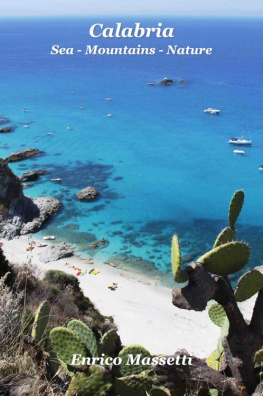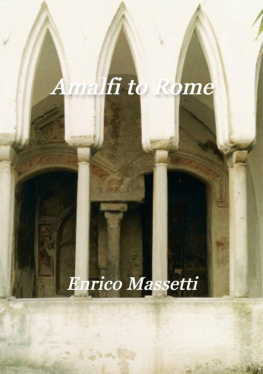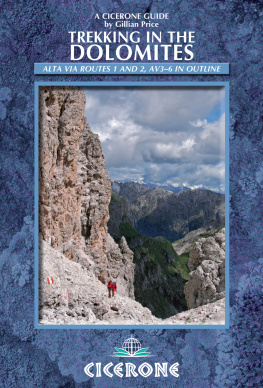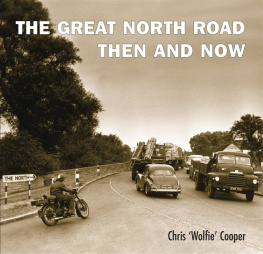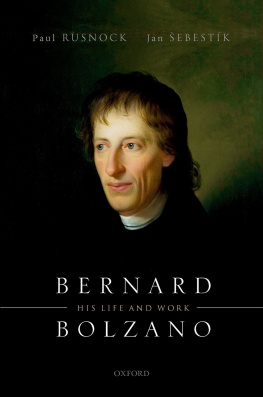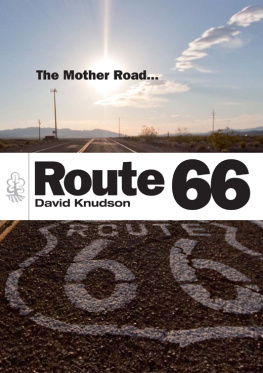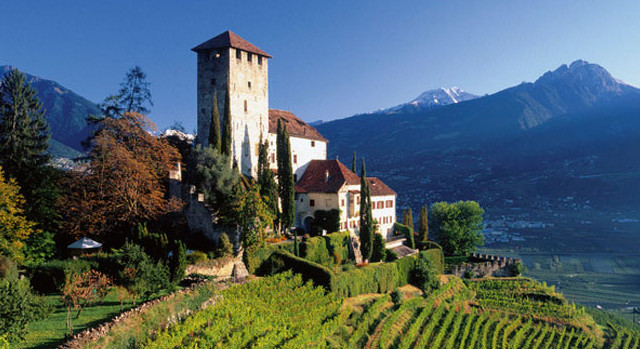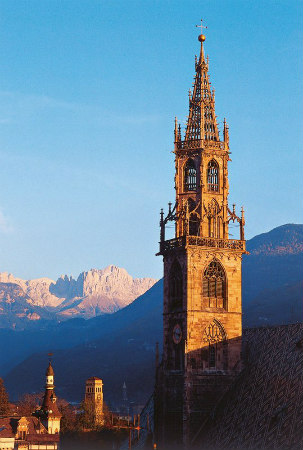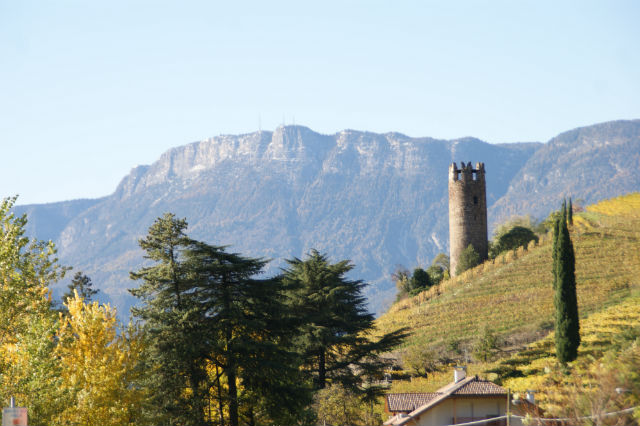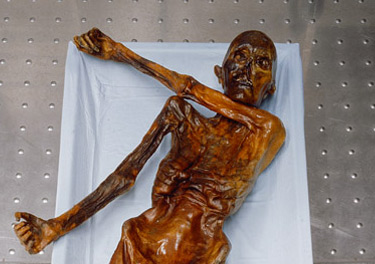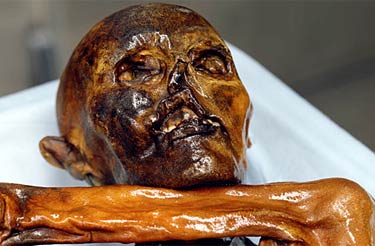The Great Dolomite Road:
Bolzano to Cortina
Enrico Massetti
editor: Anna Massetti Buono
Copyright Enrico Massetti 2014
Published by Enrico Massetti
All Rights Reserved
2019 edition
The Dolomite Road
Lebenberg
This itinerary crosses three regions: Sdtirol, Trentino, and Veneto. It is a classic itinerary to visit some of the most scenic parts of the Dolomites.
Anyone driving along the Great Dolomites Road is advised to begin in Bozen. You will find a very well developed road paved. However, it is very curvy with a maximum gradient of 12% and requires real driving. For teams, the route is only partly recommended because the streets are very narrow and confusing, especially from the Fassa Valley onwards. Numerous viewpoints and parking areas allow a panoramic view of the surrounding Dolomites
The itinerary starts from Bolzano (in German Bozen), capital of the autonomous province of the same name, in Sudtirol, that lies in a fertile basin at the junction of the River Isarco (Eisack), coming from the Brenner, with the Talvera (Talfer), coming from Val Sarentina. The Isarco, thus reinforced, flows into the Adige (Etsch) to the south of the town.
The background to the east is formed by the great Catinaccio group, with the Torri del Vaiolet, typical Dolomite peaks. Situated at the intersection of outstanding through routes and at the starting point of famous mountain roads, Bolzano has heavy transit traffic. Still, its convenient situation and beautiful surroundings also make it an excellent base from which to explore the region.
Bolzano
Bolzano - Bozen
For me, Bolzano Bozen is a mountain transformed into a city. The moment you move, it changes appearance. You edge forward, and the profile is different, you go back and discover new faces. It speaks different languages. At its heart, it is an actor, enchanting and contradictory, haughty an alluring, warm-hearted and chilly .
R. Messner
At the Crossroads of Culture
Bolzano Bozen, the only city in the world with both competition in honor of F. Busoni and a house where Mozart slept. An elegant salon where different people meet, exchange of cultures, music, and performances.
The central Piazza Walther named for the troubadour Walther von der Vogelweide, one street named for Dante and another for Goethe, a conservatory is carrying the name of Monteverdi, an Orchestra of Haydn. A trilingual University and an Academy of Design and a Film School, both bilingual, all make Bolzano Bozen a little significant capital of the European atmosphere!
Bolzano Bozen: The Gateway to the Dolomites
Rosengarten
Bolzano Bozen lies 265 m above sea level along one of the most critical routes running from the Mediterranean to the North Sea, connecting North and South. Mountains surround it. Above the city, in the Dolomites, lies the "Rosengarten"- the legendary realm of Laurin, the dwarf king. His enchanted garden glows an unearthly red at twilight.
Mediterranean climate with alpine splendor. With a yearly average high of 16.6C (62F), an annual average low of 6C (43F), and no fog, Bolzano Bozen has a very mild climate.
A part of Bolzano Bozen, the formerly independent town of Gries, was a health resort in the last century, beloved by all because of its climate.
Bolzano Bozen is the portal to a world without borders, from the green of parks and grapevines to the living rock of the Dolomites. Pink mountains fringed with snow form a backdrop while below lie palms, olive trees, cedars, and magnolias on the slopes of the hills. It's an elegant frame for the meeting between the fresh northern wind and the bright Mediterranean sun, a benediction for vines sagging with the weight of bountiful bunches, filled with the flavors of days past.
Bolzano Bozen: The Countryside in the city
From Bolzano
There are over 300 hectares (740acres) of grapevines within the city limits, a full one-seventh of the total area. In the fall, the aroma of freshly crushed grapes wafts through the city from its 27 wineries.
Bolzano Bozen: Some history
Cloister in Bolzano
The recorded history of Bolzano Bozen began with the arrival of Roman garrisons in the 1st century BC, although the area had been inhabited at least 2.500 years earlier.
Today's town center began 900 years ago, characterized by Gothic architecture. Constructed by the bishops of Trento at a critical junction between North and South, it included an arcaded avenue to display goods, with German-speaking tradesmen on one side and their "Italic" counterparts on the other.
Although war often touched it, Bolzano Bozen has preferred peace, favoring first the exchange of merchandise, later languages, and customs.
The wealth that rolled out of the arcades helped the church to erect such artistic monuments as Giottoesque frescoes, a cathedral bell tower designed by a Swabian architect, and the carved wooden altar by Michael Pacher. With the 20th century came Jungendstil and Neo-Gothic styles.
tzi the Iceman
The Iceman on display at the South Tyrol Museum of Archaeology in Bolzano - Bozen is one of the worlds best-known and most important mummies.
tzi
On a sunny day, two hikers were walking in the tztal Alps. Descending from the Finail peak in the Tisenjoch area, they decided to take a shortcut and left the marked footpath. As they walked past a rocky gully filled with meltwater, they noticed something brown on the gully bed. At first, they thought it must be some rubbish, but on closer inspection, they realized with horror that they had discovered a human corpse.
Six days after the discovery of the mummy, an archaeologist inspected the corpse and the finds and, based on the typology of the ax, immediately dated the whole discovery to be "at least four thousand years old."
Until this discovery, such a well-preserved find of a human several thousand years old fully clothed and with numerous personal belongings had never before been seen anywhere in the world.
Iceman is one of the oldest mummies in the world. However, it is not only his old age that makes him particularly valuable for scientists but also how he was mummified. tzi is a so-called "wet mummy," i.e., one in which humidity is retained in individual cells. The body tissue is elastic and suitable for performing detailed scientific investigations. Moreover, he is a natural mummy, unaltered by burial rites or other interventions. The Iceman, with his complete clothing and equipment, provides a snapshot of Stone Age life in Europe.
Next page

